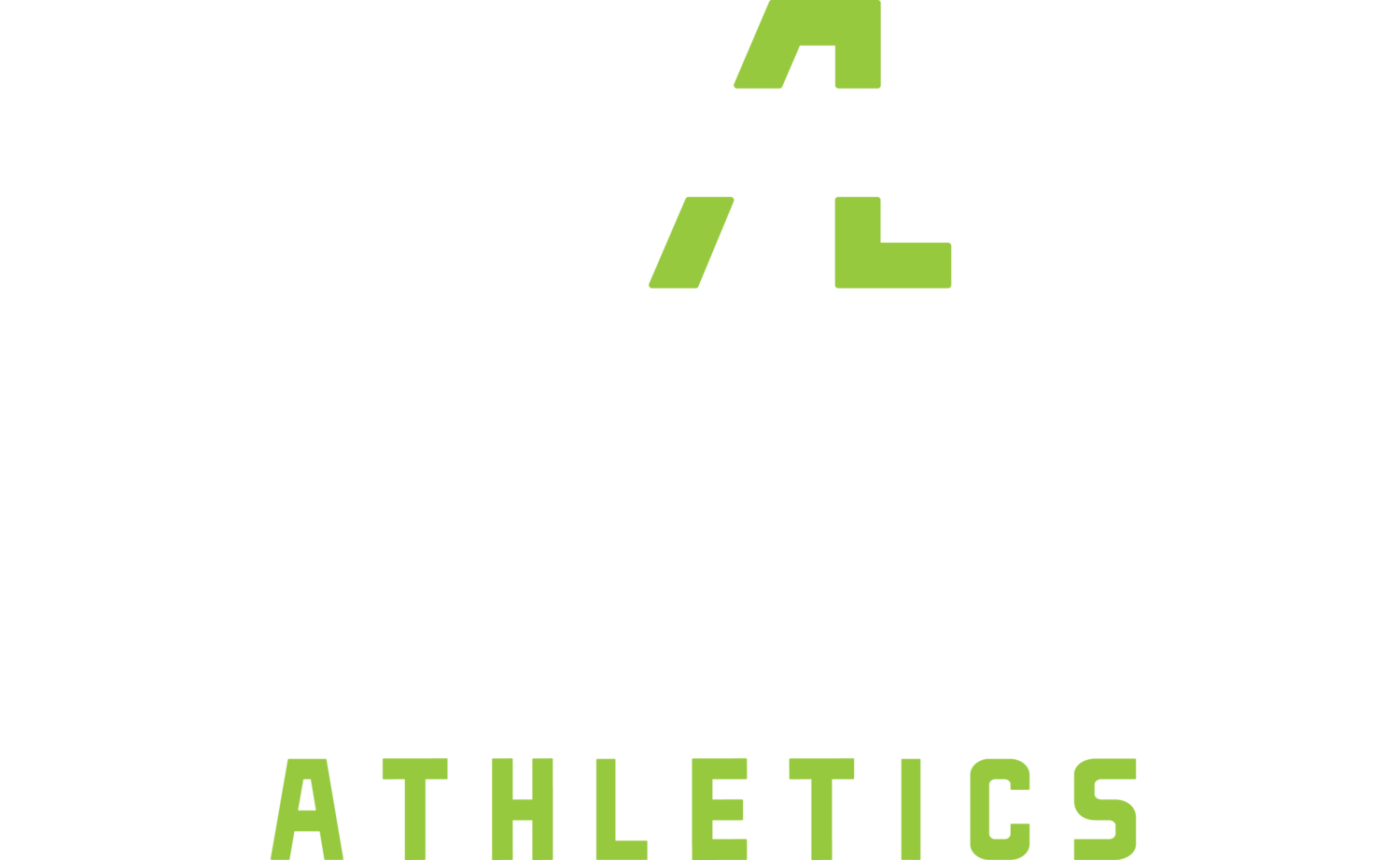Before we get into what soft tissue work is we need to develop an understanding of what soft tissue is. We house many different types of soft tissue in our body. When we say “soft tissue” we are not referring to one specific structure. To provide you with the most applicable information to training, I am going to focus on our muscles and fascia. The soft tissue technique I am going to focus on is myofascial release.
I feel confident that all of you reading this know what a muscle is, but the specific definition of muscle is a band or bundle of fibrous tissue in a human or animal body that has the ability to contract, producing movement in or maintaining the position of parts of the body. Here at The Spot Athletics we devote a significant amount of time to mobility and recovery. One reason for this is because we do not want our muscles to feel “tight” and inhibit our quality of movement or ability to gain strength or muscle. However, our muscles have a very close friend that tends to hinder our ability to “loosen” our muscles. Everyone, meet fascia.
Most of you have probably heard your strength coach, massage therapist, or chiropractor refer to your fascia. However, there may be some of you who have no idea what that person is talking about. Our fascia is a thin sheath of fibrous tissue enclosing a muscle or other organ. I like to explain it as a “suit of connective tissue that covers our muscles.” Although an unpleasant picture, imagine if all of our skin was removed from our bodies. What you would see is a white, spider-web looking sheet of tissue that looks like it is saran wrapping our bodies from head to toe. This suit of connective tissue is incredibly strong has a very large effect on how our muscles and joints function. Some of the fascia’s jobs are to connect muscles to bones as tendons, connect bones to other bones as ligaments, cushion your vertebrae, and wrap your bones. From these characteristics alone you can probably start to understand how poor quality of the fascia can have a negative effect on our movement.
Since our fascia covers our muscles it is very difficult to improve the quality of our muscle tissue without first improving the quality of our fascia. Before I bore you too much with this science stuff let’s start learning how we can combat the tightening of our fascia and muscle.
A soft tissue release modality that has gained much popularity is myofascial release. Myo means muscle and you all now know what fascia means. The term release refers to removing restrictions. Many massage therapists and body workers have training in myofascial release, however seeing a therapist consistently is sometimes a little out of our budget. Luckily, there is self-myofascial release, or SMR. SMR is a soft tissue release technique that you can perform on your own to improve flexibility, mobility, performance, function and reduce the occurrence of injury. You do not need any special or expensive piece of equipment to perform SMR. A tennis ball, rolling pin, foam roller, football, or medicine ball are a few of the tools that you can perform SMR. Below are a few instructive videos to get you started with your own SMR.
Due to our muscles and fascia interacting with so many parts of our bodies there are many benefits to soft tissue work other than just improving tissue quality and movement. These include, but are not limited to
increases blood circulation and lymph flow
improves the healing time of strained ligaments and muscular tissue
reduces the inflammation of joints
improves range of motion and joint flexibility
increases endorphins
strengthens the immune system,
decreases muscle spasms
improves oxygen flow
helps to relieve muscle tension
Release adhesions, improving range of motion.
Decrease blood pressure
Increase the production of hemoglobin.
Enhance athletic performance
Ease stiffness and pain in arthritis sufferers.
Protect memory by lowering the stress hormones that attack the hippocampus.
Reduce symptoms associated with fibromyalgia
I guarantee all of you can find something on that list that you want to improve. Grab your lacrosse ball or foam roller and start making your way towards a more free-moving you.



